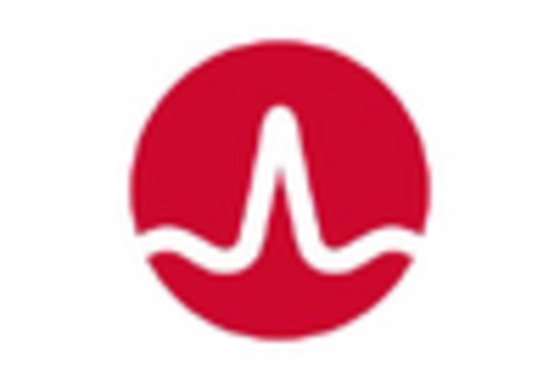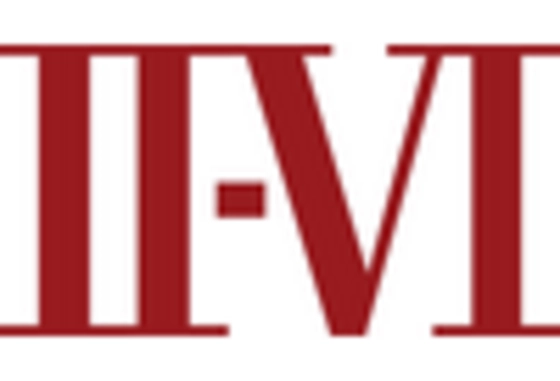Rising Adoption of IoT Devices
The increasing proliferation of Internet of Things (IoT) devices is a pivotal driver for the VCSEL Sensor Market. As industries integrate smart technologies, the demand for efficient and precise sensors escalates. VCSELs, known for their low power consumption and high-speed data transmission capabilities, are becoming integral in various applications, including smart homes and industrial automation. The market for IoT devices is projected to reach trillions of dollars, indicating a substantial opportunity for VCSEL sensors. This trend suggests that as more devices become interconnected, the reliance on advanced sensor technologies like VCSELs will likely intensify, thereby propelling the VCSEL Sensor Market forward.
Expansion in Consumer Electronics
The consumer electronics sector is experiencing a notable expansion, which significantly influences the VCSEL Sensor Market. With the rise of smart devices such as smartphones, tablets, and wearables, the demand for high-performance sensors is surging. VCSELs are particularly favored for their ability to enhance functionalities like facial recognition and gesture control. The consumer electronics market is expected to grow at a compound annual growth rate (CAGR) of over 5%, further driving the need for innovative sensor solutions. This growth trajectory indicates that the VCSEL Sensor Market is poised to benefit from the increasing integration of advanced sensors in consumer electronics, thereby enhancing user experiences.
Advancements in Automotive Applications
The automotive sector is undergoing a transformation with the integration of advanced technologies, which serves as a significant driver for the VCSEL Sensor Market. As vehicles become more automated and connected, the demand for sophisticated sensor systems is rising. VCSELs are utilized in applications such as LiDAR for autonomous driving and in vehicle-to-everything (V2X) communication systems. The automotive sensor market is projected to grow substantially, with estimates suggesting a CAGR of around 7%. This growth indicates that the VCSEL Sensor Market will likely see increased adoption as automotive manufacturers seek to enhance safety and efficiency through advanced sensor technologies.
Increased Focus on Healthcare Innovations
The healthcare sector is increasingly adopting innovative technologies, which is a crucial driver for the VCSEL Sensor Market. VCSELs are being utilized in various medical applications, including non-invasive diagnostics and monitoring systems. The demand for precise and reliable sensors in healthcare is on the rise, driven by the need for improved patient outcomes and operational efficiencies. The healthcare technology market is expected to witness significant growth, with projections indicating a CAGR of approximately 8%. This trend suggests that the VCSEL Sensor Market will benefit from the ongoing innovations in healthcare, as the need for advanced sensor solutions becomes more pronounced.
Growing Emphasis on Environmental Monitoring
The rising awareness of environmental issues is driving the demand for advanced monitoring solutions, which is a key driver for the VCSEL Sensor Market. VCSELs are increasingly being employed in environmental sensing applications, such as air quality monitoring and pollution detection. The market for environmental sensors is anticipated to grow significantly, with estimates suggesting a CAGR of around 6%. This growth reflects a broader trend towards sustainability and the need for accurate data to inform policy and public health decisions. Consequently, the VCSEL Sensor Market is likely to experience increased demand as organizations seek to leverage advanced sensor technologies for effective environmental monitoring.
















Leave a Comment